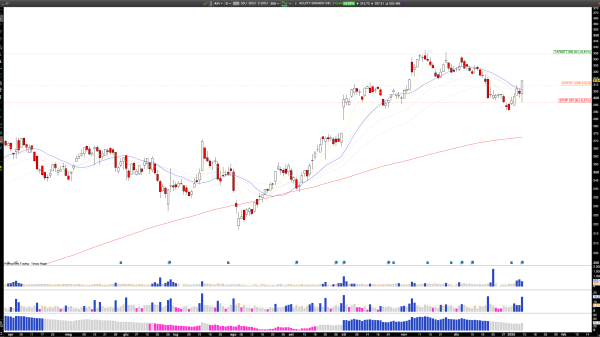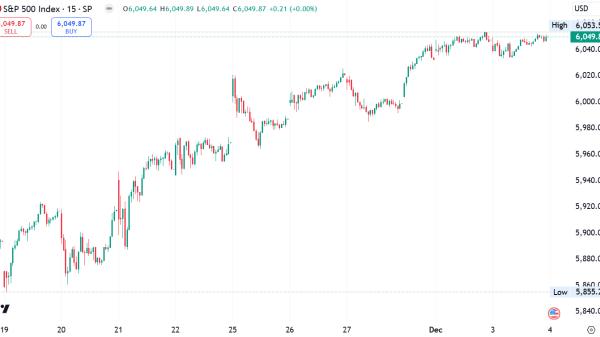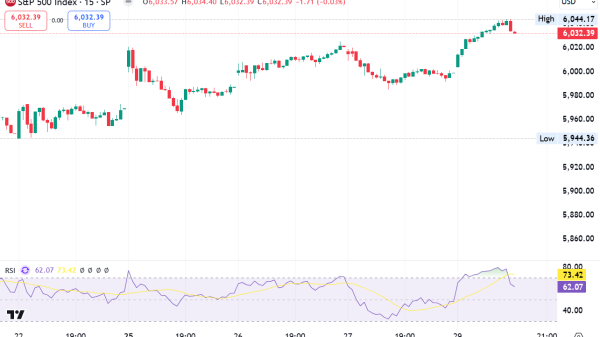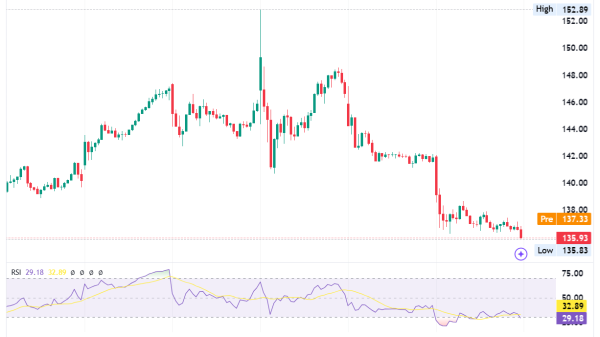Stock Market Outlook: Asian Stock Markets Conduct
In the ever-changing landscape of global finance, the stock market outlook of Asian stock markets plays a significant role in shaping the economic outlook. Today, we examine the performance of three key regional players: the Shanghai Composite, Hong Kong’s Hang Seng index, and Australia’s S&P/ASX 200. Amidst recent developments, let us explore how these markets have fared and what may lie ahead.
Shanghai Composite: A Moderate Decline Amidst Policy Adjustments
The Shanghai Composite, China’s most prominent stock index, experienced a slight dip of 0.35% in Tuesday’s trading session. This decline followed the announcement of a notable policy adjustment by the country’s central bank. China’s central bank reduced its one-year and five-year loan prime rates by 10 basis points each, now at 3.55% and 4.20%, respectively. These changes create potential opportunities for investors interested in buying China’s stocks and participating in the stock market flotation on the China exchange.
This move is expected to stimulate lending and bolster economic growth. Despite the temporary market reaction, it signifies a positive outlook for China’s economy in the long run. Investors should watch how this adjustment impacts various sectors, particularly those relying strongly on borrowing and financing.
Stock Market Outlook: Hang Seng Index
In contrast to the Shanghai Composite, Hong Kong’s Hang Seng index experienced a more substantial decline, sliding by 1.9%. This decline can be attributed to several factors, including the central bank’s rate cut announcement, concerns about the pace of economic recovery, and geopolitical tensions.
Investors are cautious due to ongoing uncertainties in global trade relations and potential policy changes. It is impacting China’s stock market and its initial public offerings. Additionally, the recent changes to China’s loan prime rates may have implications for Hong Kong’s banking sector. It plays a crucial role in the region’s financial system. A prudent approach, considering the geopolitical landscape, is the prevailing sentiment among investors in Hong Kong.
S&P/ASX 200: A Seven-Day Winning Streak Propels Australian Market
While Asian markets experienced a mixed performance, the S&P/ASX 200 in Australia continued its impressive rally. The index climbed by 0.86%, closing at 7,357, marking its seventh consecutive day of gains.
This upward trend reflects optimism about Australia’s economic recovery and successful pandemic containment. The Australian government’s proactive fiscal measures, robust vaccination campaign, and rebounding commodity prices have contributed to this positive sentiment.
In conclusion, the stock market outlook for the Asian stock market landscape presents diverse performances, each influenced by various factors. While the Shanghai Composite faced a slight downturn amid China’s central bank rate cuts, it remains a key indicator of the country’s economic progress. The Hang Seng index experienced a more notable decline, reflecting concerns surrounding geopolitical tensions and global trade uncertainties. In contrast, Australia’s S&P/ASX 200 showcased a resilient performance, benefiting from effective COVID-19 containment and its robust economic sectors.
As investors and market observers, it is crucial to closely follow the developments in these major Asian stock markets to gain valuable insights into regional and global economic trends. This includes the stock market forecast for the next 6 months.
The post Stock Market Outlook: Asian Stock Markets Conduct appeared first on FinanceBrokerage.






























